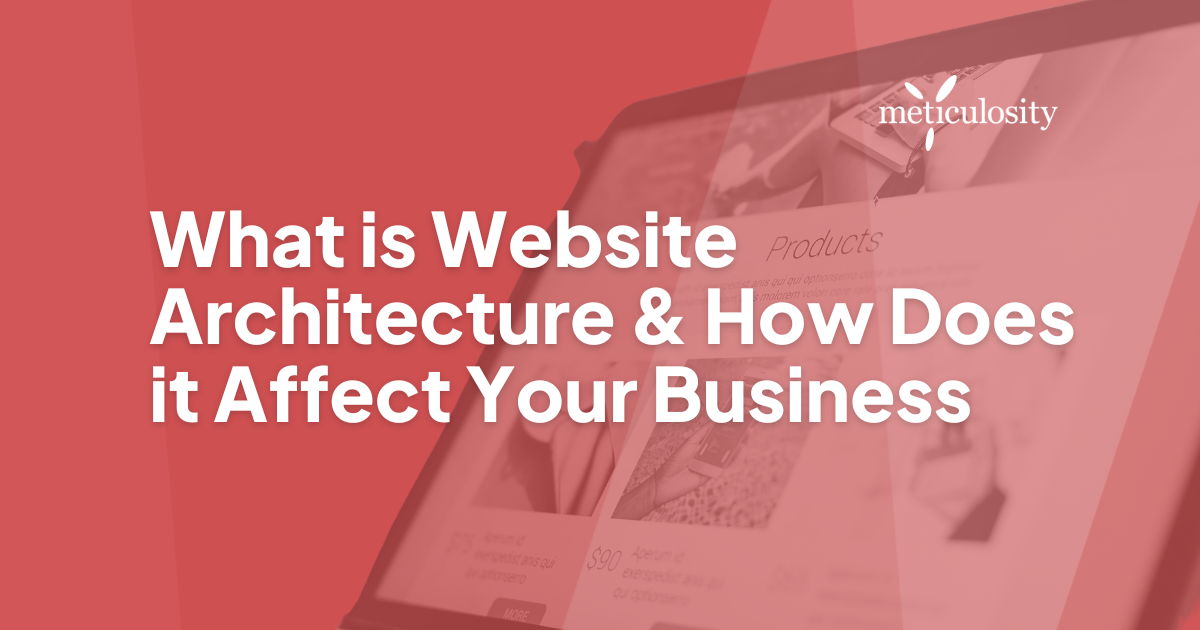For marketers, the website architecture is a critical component of your business initiatives.
These days your website is the nucleus of all your online efforts. So, it's important that visitors, prospects and customers have an exceptional experience when using your website.
What is Website Architecture?
Website architecture refers to the technical and design structure of your website such as the HTML, content, hyperlinking, user experience and usability. The architecture should also have a positive influence on your business goals such as brand awareness and lead generation.
Modern Website Architecture
People go to your site because they’re looking for help with something, but if they don’t find the information quickly, they'll bounce from your site and find another resource. This happens when you don't align your information architecture (IA) and website goals.
Ultimately, information architecture is all about how well structured your website is. This includes the page layout, page types, content organization and navigation.
What happens when the two don’t work together? Well, some things that may happen to your website include duplicate content hurting your rankings, poor user experience, decreased KPIs and bad internal linking.
/Imported_Blog_Media/Web-UX-Personas-Mapping-Jun-28-2021-10-39-14-48-PM.jpg?width=613&height=570&name=Web-UX-Personas-Mapping-Jun-28-2021-10-39-14-48-PM.jpg)
Structure vs Design
For one, a site structure is not the same as a website design, as it has an entirely different focus. Rather than thinking of its appearance, consider its organization and how each page seamlessly links to one another.
One of the most important things you need to look after is user experience. It’s simple. If you have a poorly built website, no one will want to waste their time browsing through it, and this will hurt your SEO.
How? Bounce rates and time spent on the site are two of the signal factors to Google’s algorithm. Also, be careful with duplicate content. Google considers this bad form, and it can cause traffic loss from a drop in rankings.
Another factor would be site crawlability, which is the search engine’s ability to sift through your website and organize its content. For this to be possible, internal linking should be seamless, taking visitors from one page to another with no difficulty and be contextually relevant.


/Imported_Blog_Media/website-architecture-1.jpg)




